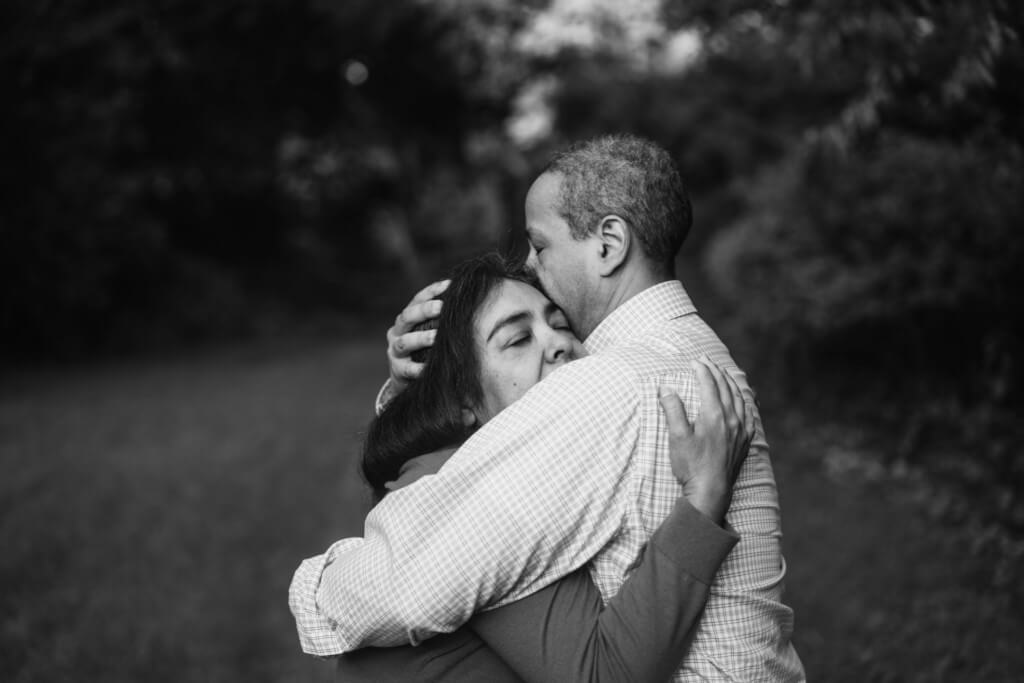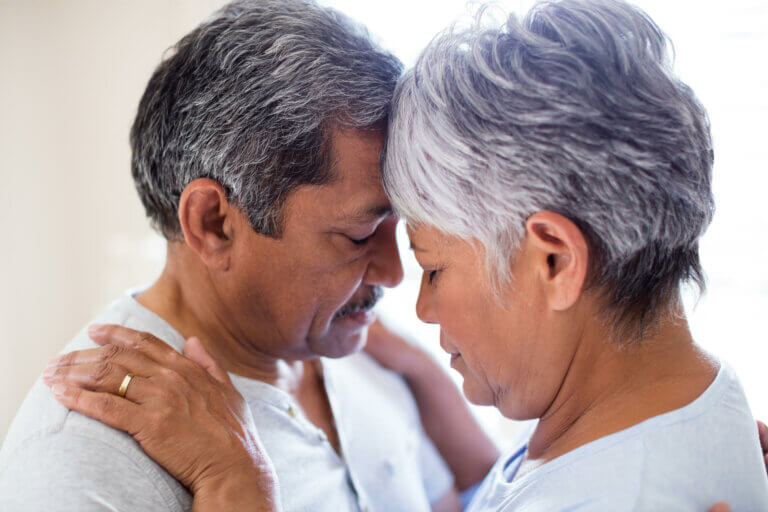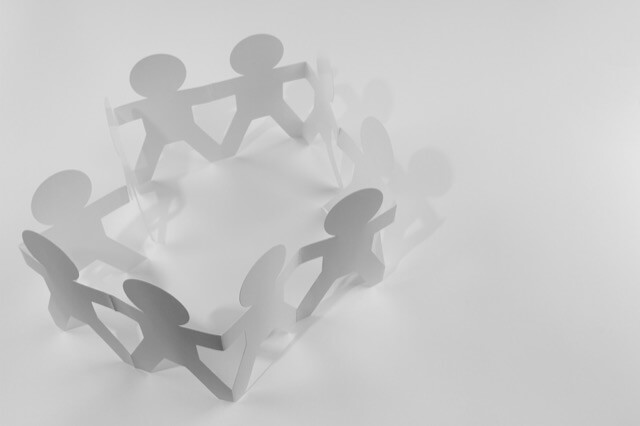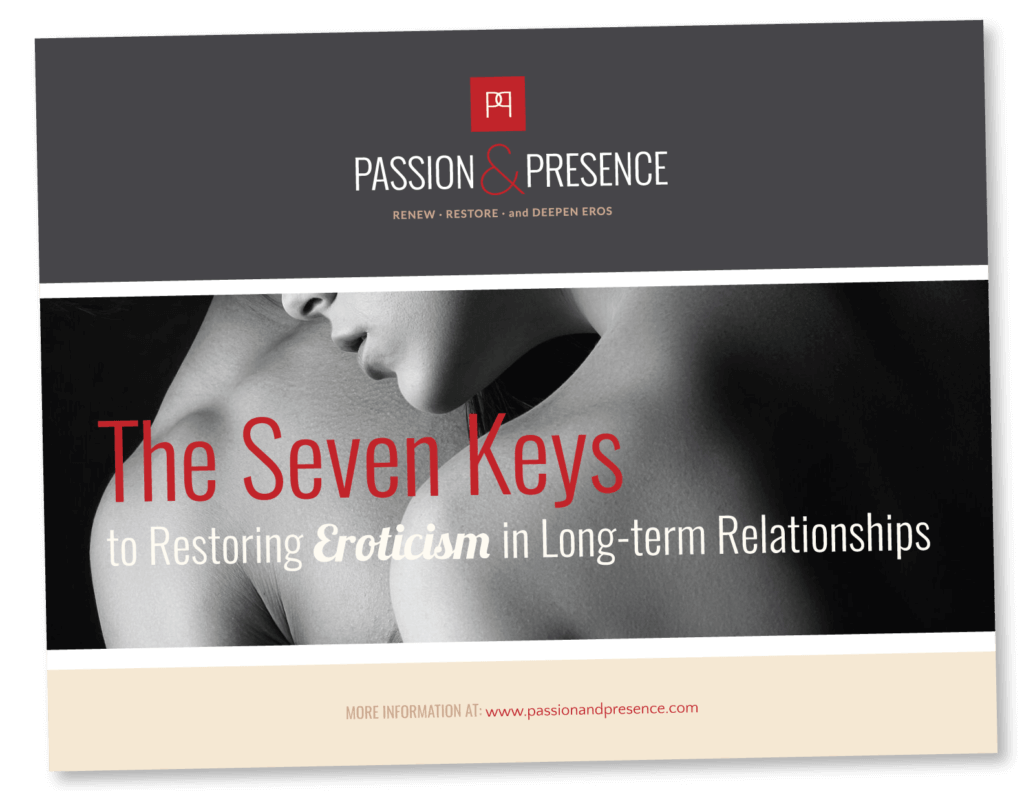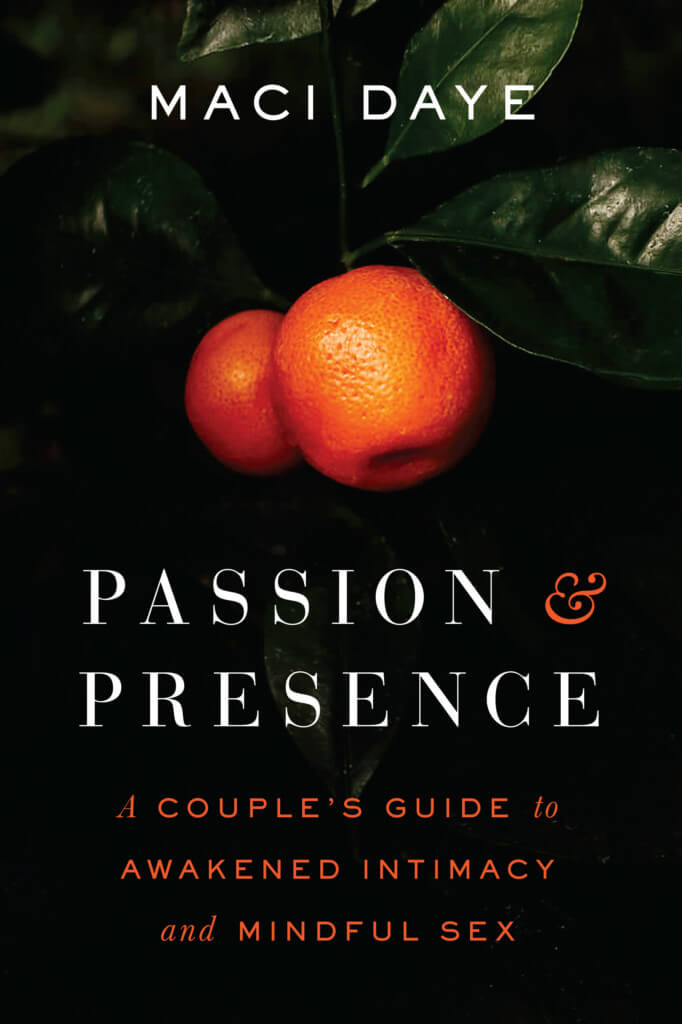If a genie granted me one wish, it would be to awaken. For me, that means approaching life without filters. I would meet reality as it is and respond with impulses born of the moment, rather than in accord with my habits and programs.
Such an expanded consciousness enables us to have novel experiences, ongoingly, rather than re-enacting patterns that confirm our expectations and limiting beliefs. It is awakening that allows us to respond in an authentic, embodied way to the ever-changing now, whether in terms of encountering racism in ourselves or others or conditions of our most intimate relationships.
First, awakening allows us to move from denial to awareness. The more wakeful we are, the less automatic we are. We can use awareness practices to stand firm against oppression while remaining open-hearted to honest feedback on our impact no matter how good our intentions may be.
Second, we can also move from awareness to awakening as we build racial stamina and let go of white fragility. Both social justice work and awakened intimacy are a path and practice, not a one-off solution but a consciousness-raising activity that requires resilience, devotion, and scores of compassion. While neither path is comfortable or pain-free, denial inhibits growth. It keeps us in a small, protective cocoon, closed off to life. Awakening then is about daring to be in discovery.
From Denial to Awareness: Getting Through vs. Growing Through
How can we move from denial to awareness when it comes to both sex and anti-racism? The key is to be willing to befriend our discomfort and to recognize avoidance and denial.
Wakefulness is an essential aspect of mindful sex. When we enter each encounter fresh, we can experience the unlimited creativity that I call our pure erotic potential (or PEP). More often than not, however, our expectations guide our behaviors. We go into a trance and repeat the same moves over and over.
We can use the erotic portal to see and gently transform outdated beliefs and models that are shaping our sexual behavior. As we awaken from habits and limiting mindsets, we also become wiser and have more access to our PEP. I have come to call this path, “awakened intimacy.” It involves growing through erotic challenges instead of merely getting through them. Let’s explore this difference with a common sexual problem, Erectile Dysfunction (ED).
Many people with penises struggle with erectile dysfunction. If this is part of the aging process, it can signal the inevitable decline in what we thought was our unlimited potency. We don’t have control over our bodies, though we may have felt we did. If we are getting through ED, we may accept it, begrudgingly, like a family member we don’t like and try to avoid. We may do this by avoiding sex. In contrast, growing through ED involves grieving the loss of a part of our sexual identity, rather than denying the pain. When we are ready, we look for opportunities to grow because of this loss, not despite it.
One way is by decentering the genitals from our erotic life. We can expand from genital-centric to whole-body sex, where the entire body becomes an erogenous zone. Doing so allows us to tune into subtle expressions of eros that we ordinarily miss when we privilege penetration. Growing through erotic challenges also helps us cultivate spiritual qualities, such as surrender, acceptance, even curiosity, as we embrace the living reality of impermanence.
While this example focuses on genital function, many of us experience complicated emotional reactions to sex, such as shame, anxiety, and feelings of powerlessness. We may “get through” them by tuning out or excluding certain activities. Unfortunately, when we get through rather than grow through difficulties, our issues don’t move. They lie in wait, ready to be triggered each time we make love, which makes us fear to be sexual.
Couples that practice awakened intimacy have tools and a shared commitment to use challenges to awaken. They accept that discomfort often precedes transformation. As much as we would love for growth opportunities to be gentle, they often feel like a gut punch, with corresponding physical pings and stings, constrictions, and pinches. It is for this reason that I have come to call the transition between maintenance and growth a “pain point.”
We can’t turn off these sensations at will, but we often numb ourselves not to feel them. We may also blame others for our pain to avoid experiencing our vulnerability. The wakeful path involves befriending discomfort. We explore the imprints and wounds that are shaping our reactions and take action steps to transform them.
Avoidance and Denial: COVID and Racial Inequality
These days we are experiencing many wake-up calls related to COVID and racial inequality that are neither soft nor comfortable. As described above, we can try to “get through” this rocky period, waiting for it to be over so we can feel safe again, or we can use the pain to become more conscious. For instance, many people believe we’ve been stretching the bounds of growth beyond sustainability. The impact on the environment is more visible than ever and a contributing factor to COVID.
Solving the pandemic, therefore, requires both short-term tactics and long-term strategies. In the short run, we can take precautions to contain the virus by wearing masks, washing our hands, distancing, and sheltering-in. In a word, the best defense against Corona-19 is avoidance.
When it comes to systemic racism, however, avoidance only maintains the problem. While some of us have had the privilege and training to not notice, “the first pandemic pulled the curtain on the other – racial inequality,” writes Dick Schwartz, the founder of Internal Family Systems.
No matter where we look, we see the signs of racism at every turn. And while it seems to be increasing, the actor Will Smith says, “Racism is not getting worse. It’s getting filmed.” Or as Ibram X. Kendi puts it, in How To Be An Antiracist, “Denial is the heartbeat of racism…”
Recognizing White Fragility and White Spaces
Rhonda Magee, the author of The Inner Work of Racial Justice, argues that white people continue to find themselves in majority situations—white-majority spaces—where they can avoid confrontation with the perspectives of people of color. As she outlines in A Conversation on Mindfulness, Bias and Racial Justice, this training in avoidance makes them less comfortable talking about the issue.
I’ve had several wake-up calls about my privilege as a white person, all of which have been painful. I will share a couple in a moment. I am thankful and relieved to discover that the tools I use to foster awakened intimacy are helping me expand my racial consciousness as well. I hope they will be of help to you, whether you are a person of color or an ally engaged in racial justice work.
In 1979, I took my college boyfriend on a tour of my old neighborhood in a white area of Toronto. A police car trailed us for a while, then drove ahead and stopped. Two officers got out of the car and asked us what we were doing there. I was indignant. I walked this route for years without incident; now, my presence was suspect only because “K.” was black.
That experience drove home the issue of racial profiling, in a literal way. At the time, I got through it because of my privilege. It was a one-off for me, not a daily occurrence. In contrast, I am choosing to grow through a more recent pain point because I’m eager to understand the effect of my privilege on BIPOC (Black, Indigenous, People of Color).
Another incident of white space arose in 2018, at the Hakomi Institute faculty meetings, during practice labs. A couple of weeks earlier, I had flown to the USA from Europe to empty my house and get it ready to sell. My mother, seeing this as an opportunity for an extended visit, flew to Atlanta to assist. I had five weeks to make repairs and renovations, prepare for an estate sale, and close down my private practice. I spent one of those weeks at the meetings in Portland.
Generally, a loving and flexible person, my mother was uncharacteristically critical of me during that time. I couldn’t know that seven months later, she would be dead from cancer that had spread to her brain: her memory loss, mood swings, and temper were symptoms of this, but I did not know that. Fortunately, we had a reparative time when I visited her in December, and I was able to be with her for the last month of her life. However, I was emotionally threadbare, exhausted, and dare I say, “fragile” when I got to the practice labs.
During the first lab, I volunteered to be a therapist in the “fishbowl” of observers. It was a transformative session for the client that left many of the observers in tears. One colleague reflected on how I was doing “state-of-the-art” attachment work. For a few minutes anyway, I felt that everything was right in the world again, but something was undeniably wrong for our leader.
She reported that she just had a painful encounter with “white space.” I was stunned and mortified. How? Why? There was another person of color in the room and people from three different countries; no one else had indicated a problem. My breath quickened, and I could feel clenching in my belly and pinching in my face. Shame was taking me over. That was when I remembered to breathe, feel my feet, and get curious. I decided to lean-in by asking the leader if she would help me understand her experience.
In private, the leader explained that she assumed the labs were to process our feelings about gender identity and racism. The fact that we could drop that and turn to family-of-origin issues was stunning to her and something no person of color could ever do. Moreover, she explained that for many BIPOC, the family was a safe space, while the trauma from discrimination was the ongoing danger.
Her words echo those of the civil rights leader John Lewis in his last essay. As he put it, although his family surrounded him, “…their love could not protect me from the unholy oppression waiting just outside…”
This personal experience of awakening hurt, but I grew through it thanks to my mindfulness training. I’m more culturally competent, I hope, and much more aware of how white space impacts BIPOC. Tolerating such feedback without going into a shame vortex is challenging but necessary for allies of marginalized groups such as BIPOC and LGBTQIA.
Nonetheless, it’s important to remember that our wiring makes us all pain-avoidant. Consequently, our proclivity for denial is not just a symptom of entitlement but also an automatic response. Without mindfulness, we may seal up, flee, harden against it, blame others, or numb ourselves not to feel pain. With mindfulness training, however, we can meet reality as it is and become truly open-hearted to feedback.
From Awareness to Awakening: Taking it to the Streets and the Sheets
Mindfulness and compassion practices can help us cultivate racial stamina to counter our white fragility. As we have seen, mindfulness can be an enormous help because it gives us a cushion. With training, our spikes aren’t quite as spiky. The pinch becomes just another sensation, whether we are receiving a microaggression or newly aware that we made one. However, we can go beyond avoidance or merely observing and letting go of sensations.
As Patricia Rockman and Evan Collins put it, in “How We Learn to Observe Our Own Biases,” “We are…asking people to turn toward challenging mind and mood states and then decide whether or not they need addressing through investigation, self-care, or skillful action.” Although this is important for all of us, they stress “it is even more so for those who are subject to various forms of oppression, prejudice, or trauma—the effects of which can arise potently during meditation practice.”
Similarly, erotic pain points are often trailheads to old wounds and shame marks. In Passion and Presence, we use a 5-step method to heal wounds rendered visible through sex that we can apply to anti-racism work as well. The steps are to stop, study, share, adjust, repair.
Below is an example of how white allies might use the five steps, but they can also help BIPOC deal with “racial battle fatigue.” William A. Smith coined the term to describe “the psychophysiological symptoms—from high blood pressure to anxiety, frustration, shock, anger and depression—people of color may experience living in and navigating historically white spaces.”
During sex, we stop whenever we are uncomfortable. We don’t endure or bypass our pain. As allies, we might pause to check our privilege rather than defensively responding when someone shares their experience of marginalization.
We study our reactions and behaviors by exploring what’s going on inside. In this case, we might see the dark roots of white supremacy and our hand in its preservation.
We share our discoveries to foster connection. We become accountable for our actions by privileging transparency over self-protection.
We adjust by redistributing resources to promote racial equity.
We repair through financial reparations to the descendants of enslaved Africans or engaging in anti-racist practices, such as standing up to oppression, supporting black-owned businesses, donating to legal services, and finding ways to create more inclusive and culturally competent workspaces.
Whether we embrace the far from pain-free path of awakening for intimacy or racial justice, we can dare to be in discovery together.
Warmly,
Maci Daye

